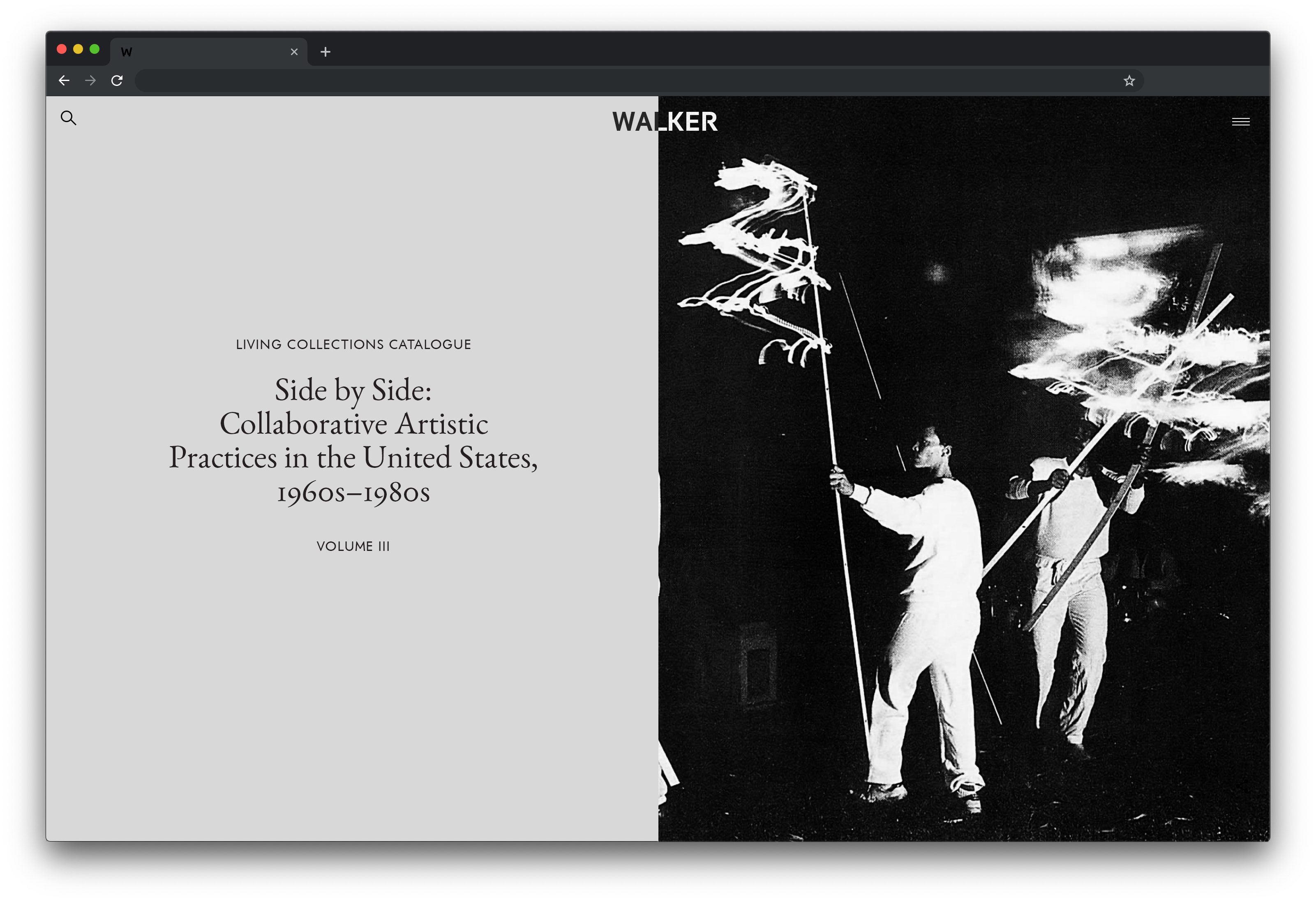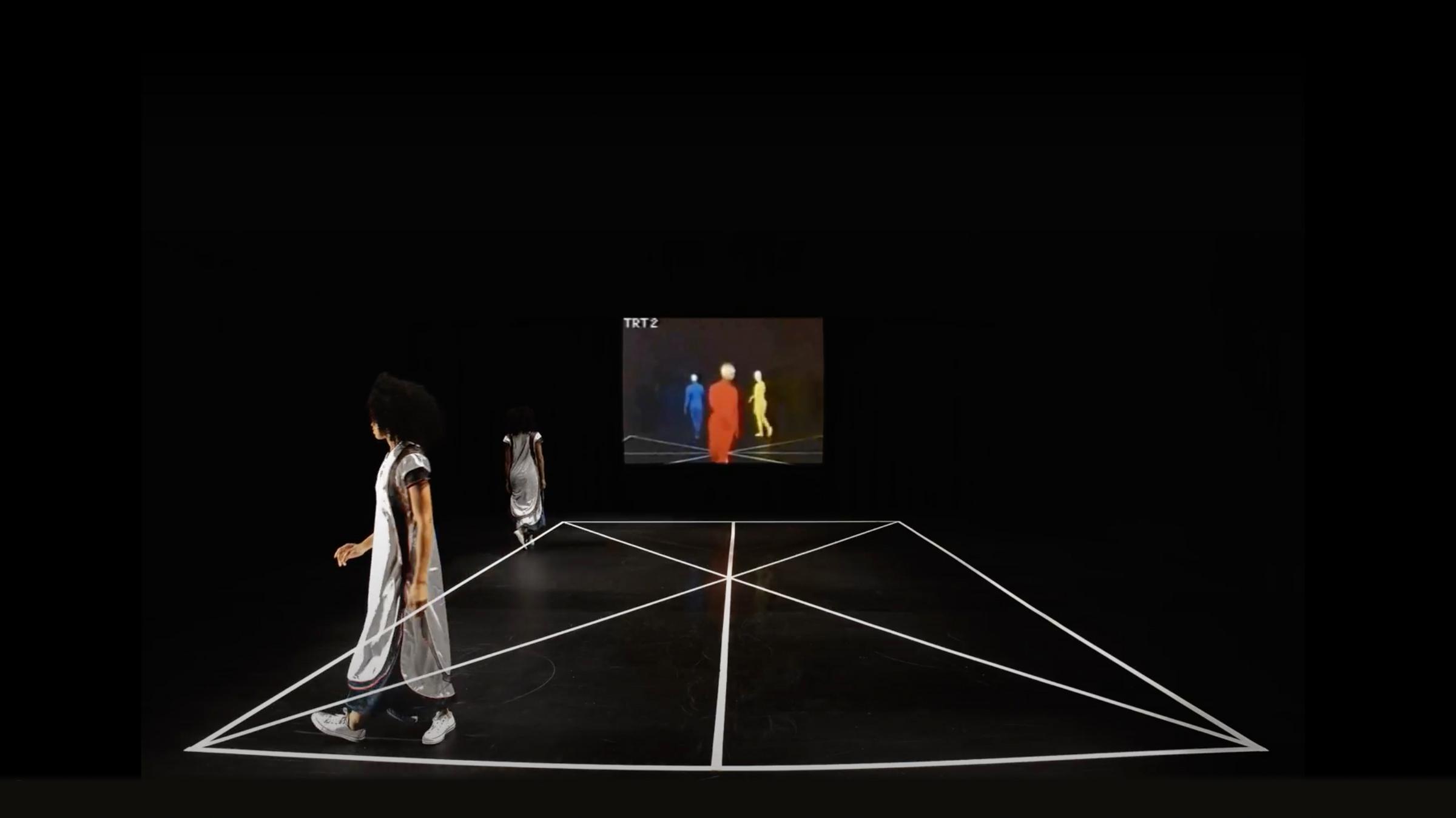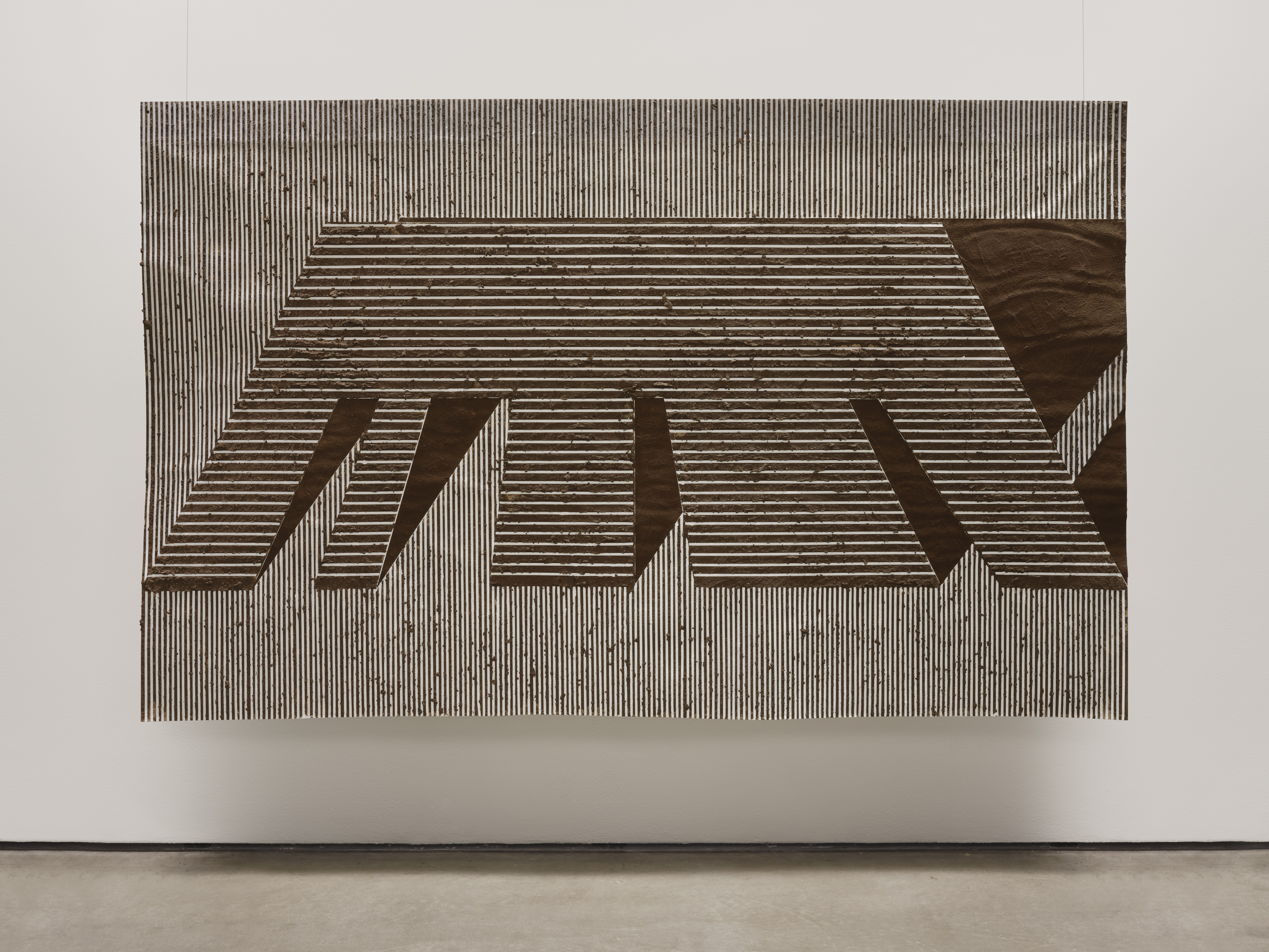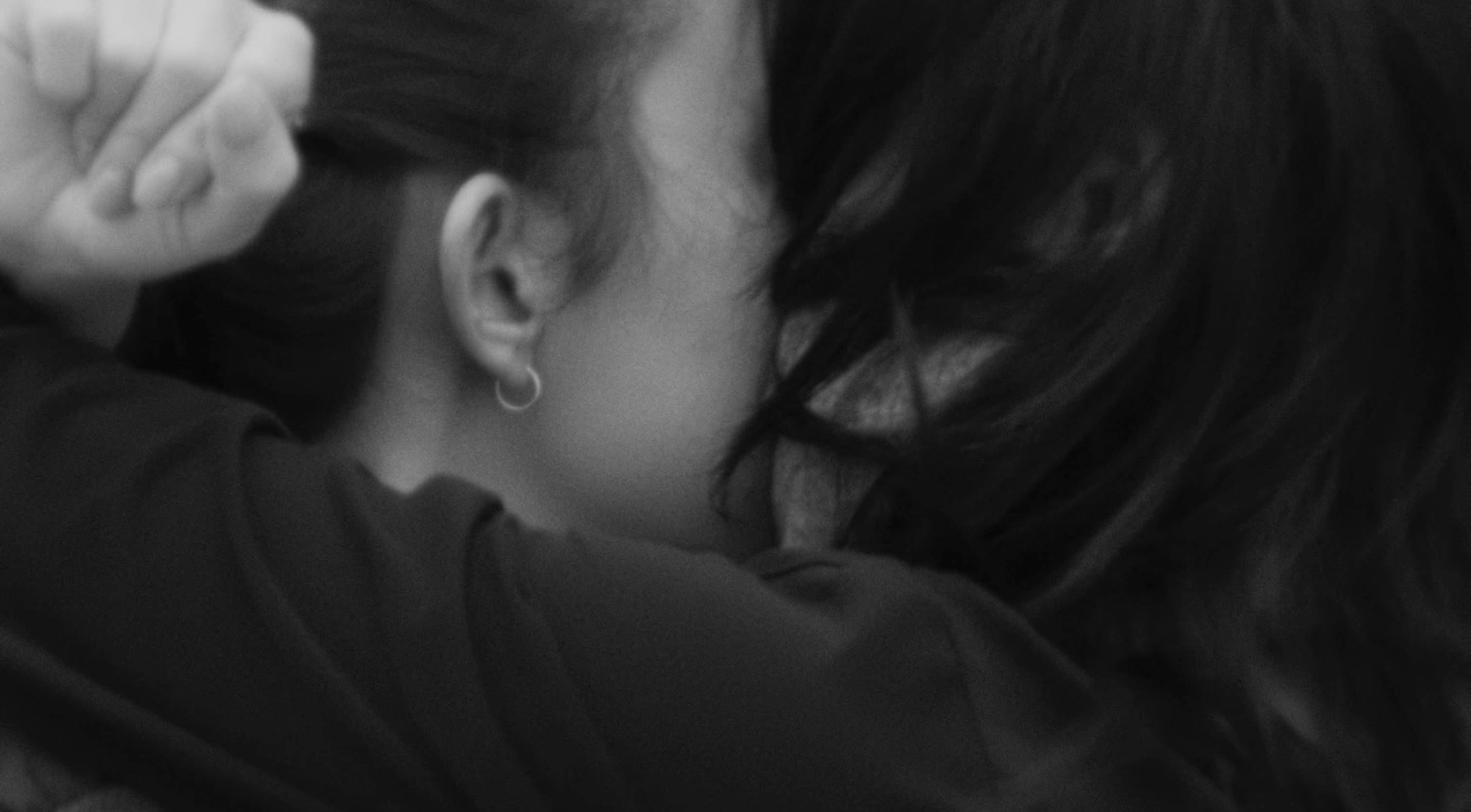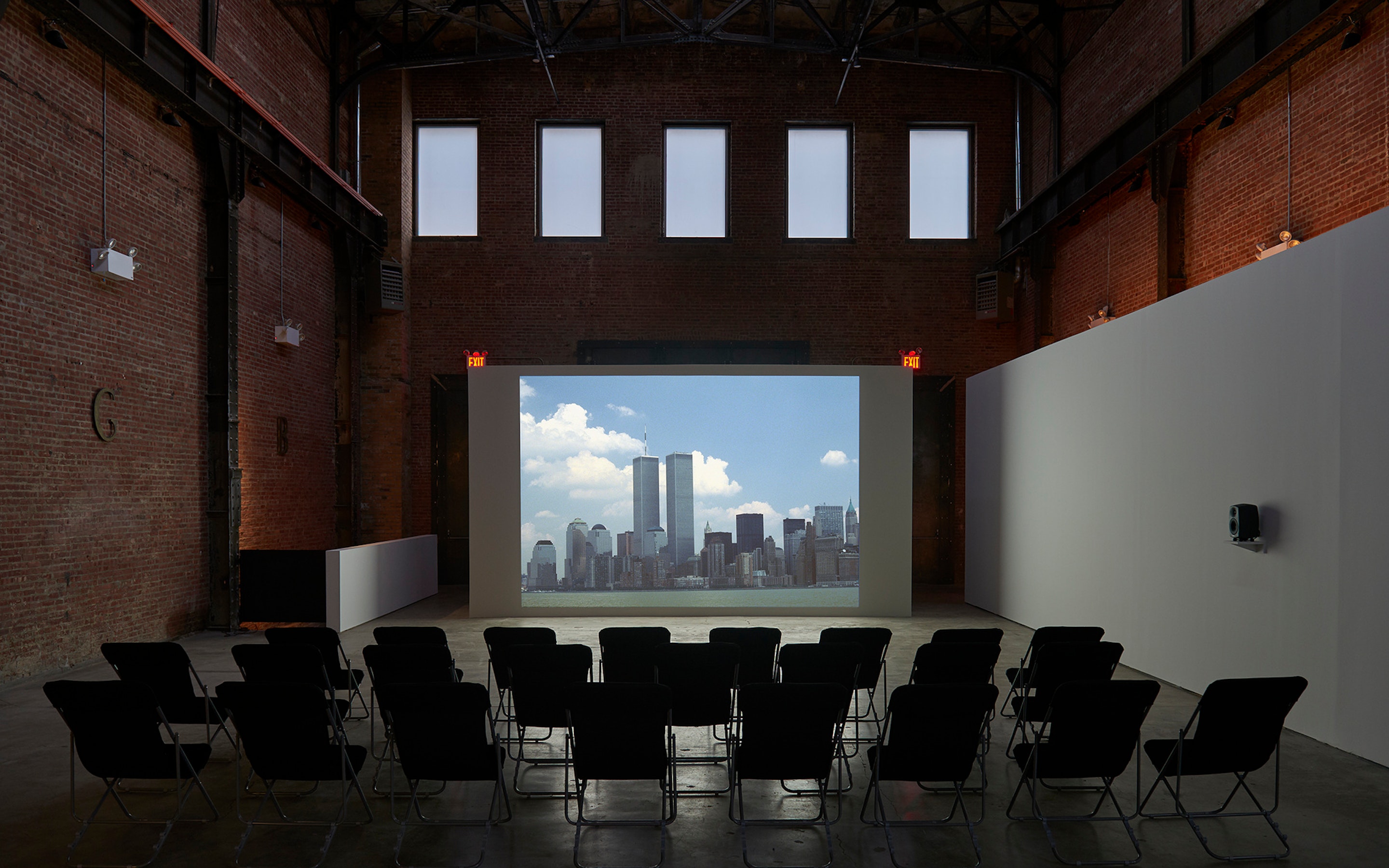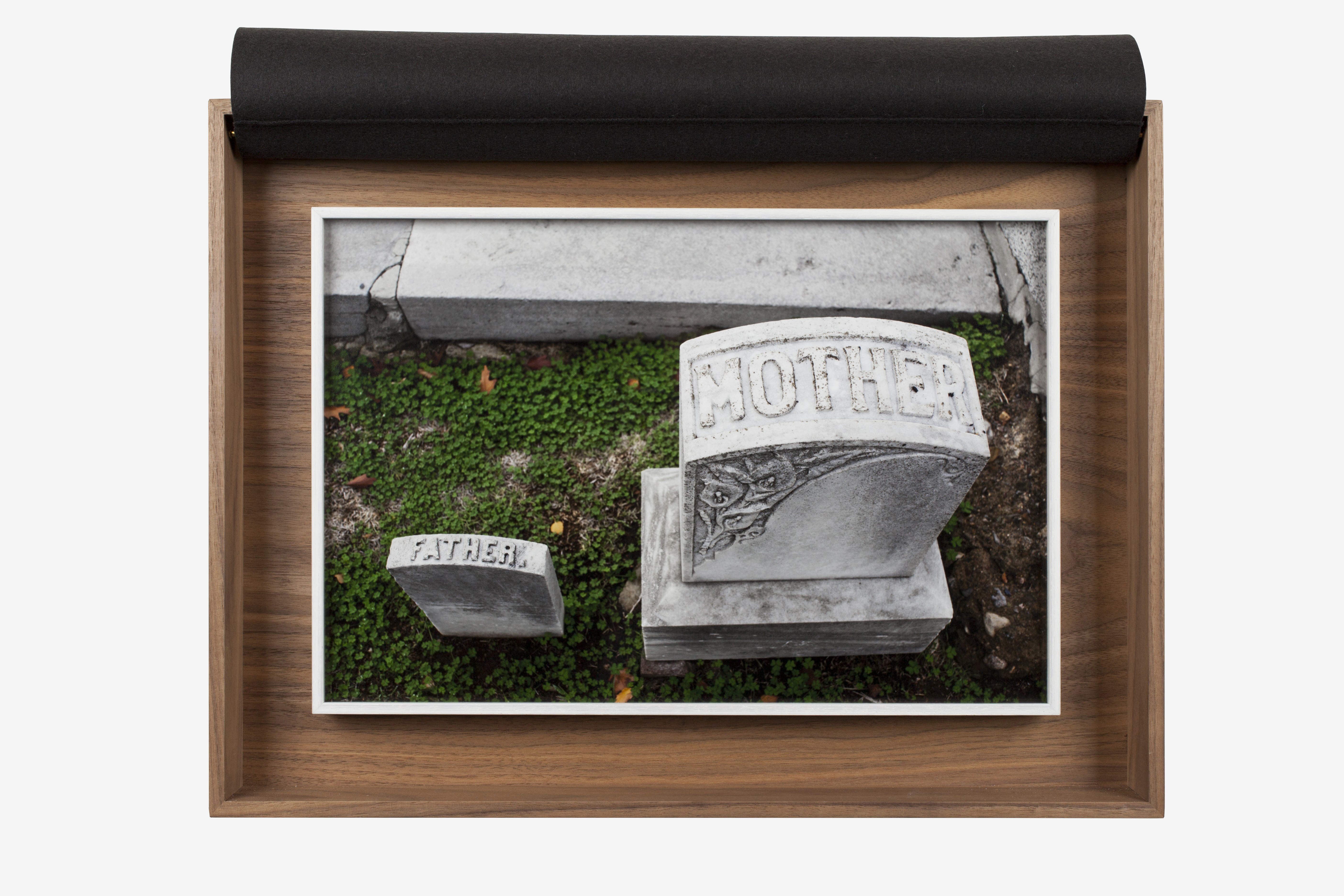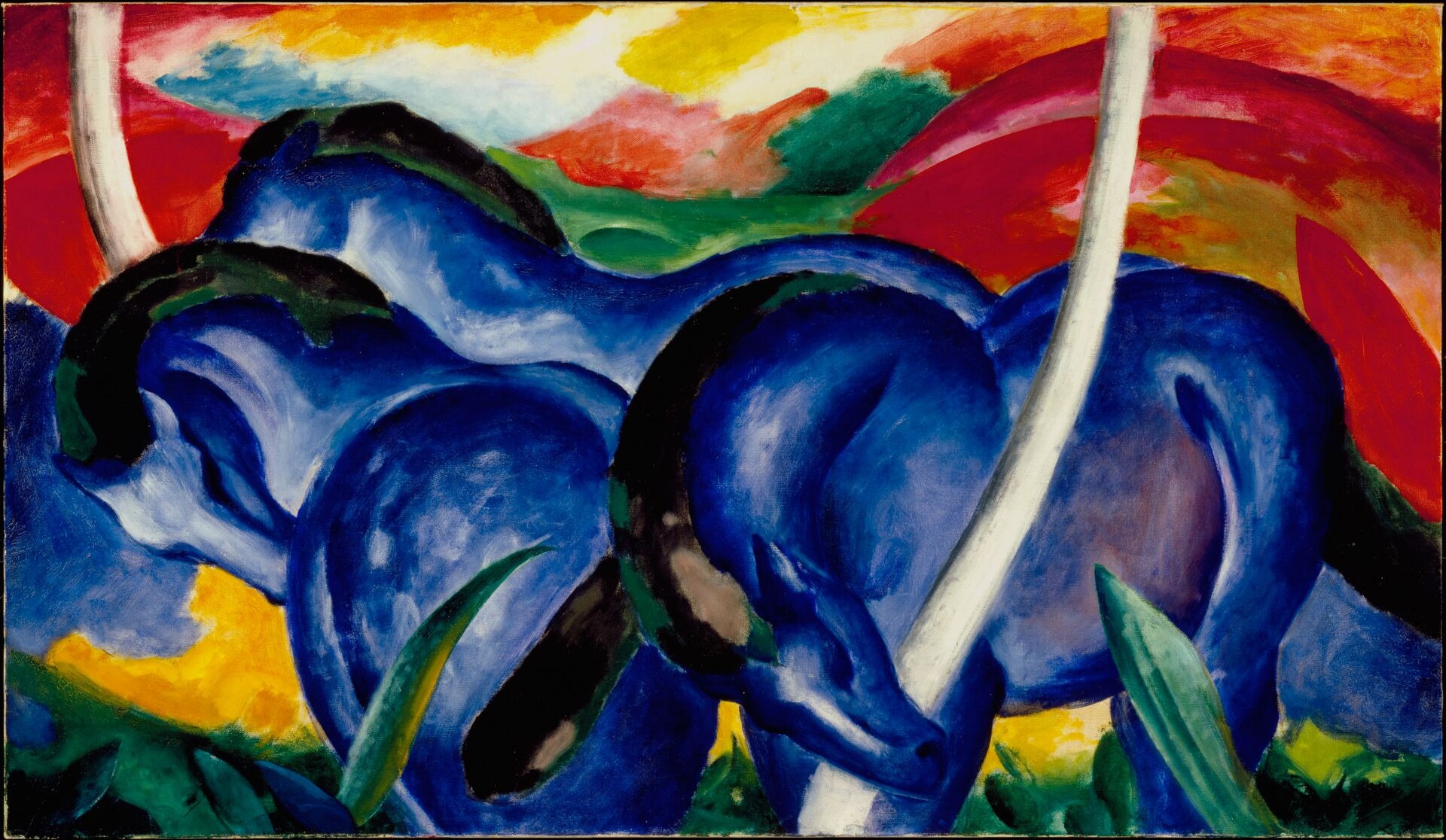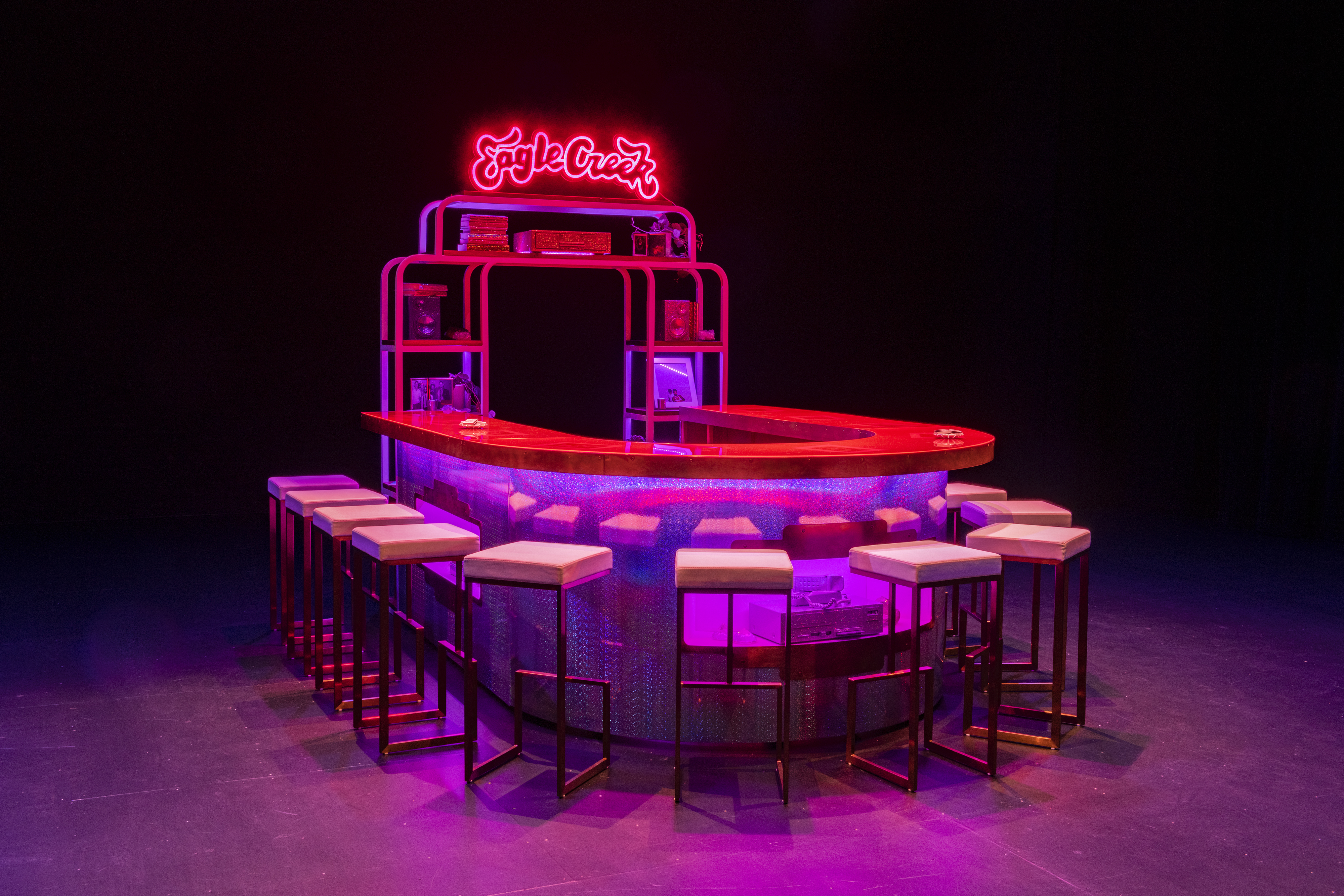Living Collections Catalogue, Volume III
Minneapolis 55403
United States
Hours: Wednesday and Friday–Sunday 10am–5pm
Thursday 10am–9pm
T +1 612 375 7600
info@walkerart.org
The Walker Art Center announces the launch of a dynamic new online publication entitled Side by Side: Collaborative Artistic Practices in the United States, 1960s–1980s. This is the third volume of the Living Collections Catalogue, the Walker’s digital publishing platform dedicated to scholarship of its renowned collections. Co-edited by curators and performance scholars Gwyneth Shanks and Allie Tepper, Side by Side presents newly commissioned texts and previously unseen archival materials, tracing a rich period of experimentation by artists with forms of radical collectivity and political mobilization. Side by Side was conceived as part of the Walker’s multiyear Interdisciplinary Initiative (2016–2020) exploring intersections of the performing and visual arts. In June 2020, the Walker will launch Volume IV of the Living Collections Catalogue, an online publication dedicated to black avant-garde jazz.
The publication, made available for researchers and the general public on walkerart.org, is enriched throughout with archival video, photography, and ephemera, and includes texts from the following contributors:
Thomas J. Lax (Curator of Media and Performance at the Museum of Modern Art, New York) authors the volume’s preface. He reflects on the values historically promoted by museum collections—the championing of individual genius, a belief in the progress of history—and how they have structurally excluded ephemeral and multi-authored practices such as those discussed in the volume.
Gwyneth Shanks (Assistant Professor in Theater and Dance at Colby College in Waterville, Maine; volume co-editor and Walker Interdisciplinary Fellow 2016–2018) contributes an introductory essay that draws on art historical narratives of the 1960s and ’70s and the work of French philosopher Jean Luc Nancy to dismantle prevailing myths of the collective and reveal how collaborative practices formed in relation to sociopolitical and identity-based movements.
Ross Elfline (Associate Professor of Art History at Carleton College in Northfield, Minnesota) revisits Food City I (1971), an edible scale model of Minneapolis created for public consumption at the Walker Art Center by the Viennese architecture collective Haus-Rucker-Co, to explore the role of sociality in the unorthodox medium of architectural performance.
Allie Tepper (volume co-editor and Walker Interdisciplinary Fellow 2018–2020) contributes a wide-ranging conversation with Senga Nengudi, in which the artist discusses the evolution of her work in the context of collective practice and exchange, especially in relation to the LA-based group Studio Z and her decades-long collaboration with artist and friend Maren Hassinger.
C. Ondine Chavoya (Professor of Art History and Latina/o Studies at Williams College in Williamstown, Massachusetts) takes up the notion of “the collective” in relation to the Los Angeles-based conceptual and performance group Asco. Chavoya reconsiders their identity in relationship to Los Four, another important Chicanx collective of the 1970s.
Wendy Perron (dancer, choreographer, and writer) reflects on Grand Union (active 1970–1976), the New York postmodern dance collective that emerged out of Yvonne Rainer’s company and Judson Dance Theater, through an account of the group’s collaborative and improvisational ethos developed in pivotal residencies at the Walker in 1971 and 1975.
Hillary Miller (Assistant Professor of English at Queens College, CUNY, and performance studies scholar) offers a new study of the 1980 production of Dead End Kids: A History of Nuclear Power by the New York–based theater collective Mabou Mines (founded 1970), revealing correlations between collaboratively generated theater practices and concurrent protest movements.
Acknowledgements
The Living Collections Catalogue volumes III and IV are part of the Walker Art Center’s Interdisciplinary Initiative (2016–2020), made possible by the Andrew W. Mellon Foundation. Side by Side: Collaborative Artistic Practices in the United States, 1960s–1980s is co-edited by Gwyneth Shanks and Allie Tepper, advised by the curatorial team of Philip Bither, Doug Benidt, Adrienne Edwards, Siri Engberg, and Pavel Pyś.
